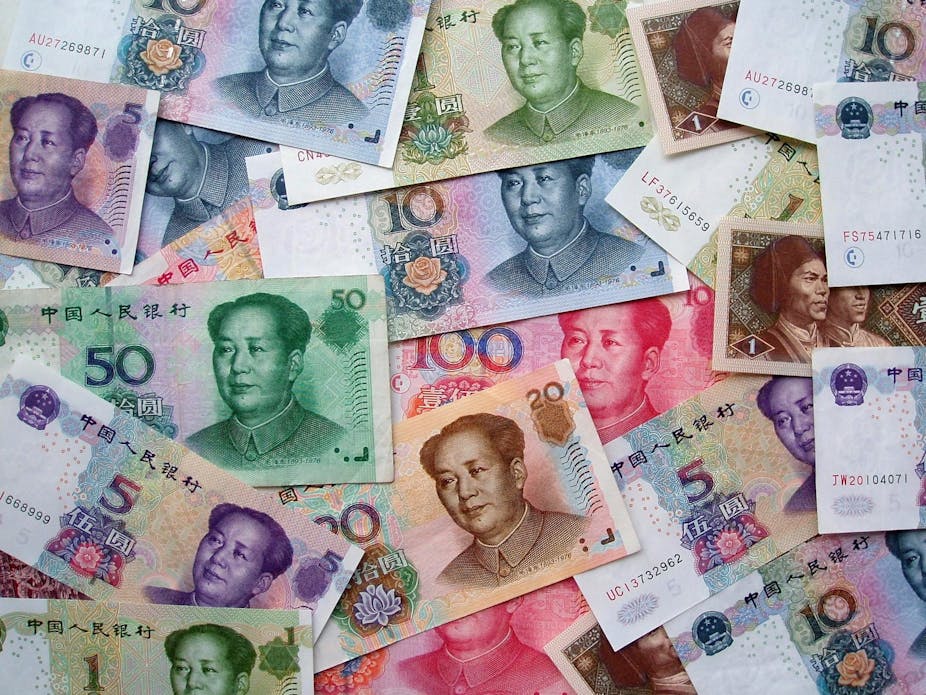The downgrading of US debt by Standard & Poor’s may sound the starting gun for an enduring rebalancing of global economic power.
For decades, investors worldwide sought the safety of US government securities when markets elsewhere were wreaking havoc while the US dollar has long served as the global reserve currency, with the Bank of China alone sitting on nearly $3 trillion of US government bonds.
But with US debt levels steadily rising, continuation of the country’s pre-eminence in the global financial system looks less and less likely.
Since the late eighties, the US economy, along with many other advanced economies, has been fuelled by excessive credit growth.
Declining household saving rates and profligate US administrations (with the exception of Bill Clinton in his second term), coupled with a very generous and unscrutinising banking sector, have enabled high growth rates of consumption that put the country more and more into debt.
This bonanza culminated in an unprecedented real estate bubble that battered household balance sheets once house prices retreated to more realistic levels.
The subsequent fall in aggregate demand and the perceived need to protect the fragile financial system put the public purse deep into the red (through discretionary stimulus measures and automatic stabilisers).
Put simplistically, in order to lift aggregate demand private debt, which could not expand further, was being replaced by higher public debt.
Recovering from a debt binge is painful and takes time, but there is no alternative. Ever growing debt levels are not possible.
Balance sheets ultimately need to be repaired and risk needs to be priced realistically. This process of deleveraging, which has only just begun, will shave percentage points off the US growth rate.
Only when the US economy has been purged of the debt-fuelled excesses from the previous decade and a half will the country return to a road of sustained recovery.
Eternal optimists and critics of this line of reasoning point to the US government indebtedness after World War II, which was higher than it is now and successfully brought under control by successive administrations.
There is a key difference between now and then. In the 1950s the private sector held virtually no debt. It was firing from all cylinders and enabled the country to grow its way out of the debt.
Today the private sector is trying to recover from an economic k.o.; it is too weak to perform the same feat from 50 years earlier.
While the US is deleveraging and regaining its footing, other regions in the world will fill the economic gap that it is leaving behind. China, for example, is pushing for the renminbi to become more important in international transactions. It is taking successive steps to allow for invoicing of trade in its currency, such as issuing offshore renminbi denominated bonds.
At the same time the BRICS and other emerging countries are becoming increasingly assertive in international negotiations, seeking to shape the global financial system in their favour.
This rebalancing of power is ineluctable as the poorer nations are catching up with the rich ones, thus reducing the West’s share of total global output.
The fallout from the US and European debt binge will merely hasten this process.

